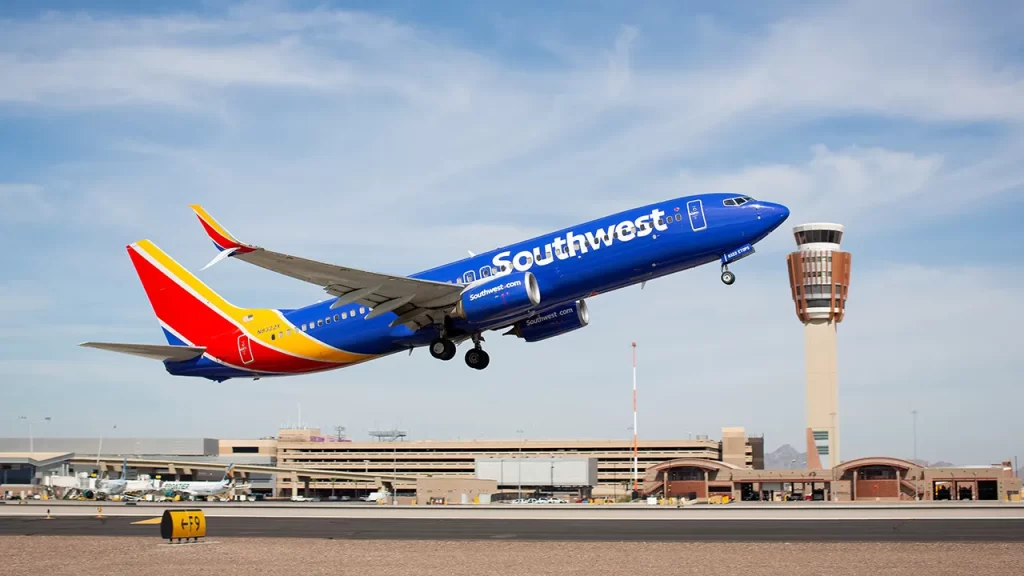An incident occurred last year in Austin, Texas. A FedEx cargo jet came within 200 feet of a Southwest Airlines flight loaded with passengers on a foggy morning. A thorough investigation into this potentially catastrophic accident has been underway for some time. The report of this investigation was published on Thursday. The National Transportation Safety Board has highlighted a number of missteps. They blame poor communication between air traffic controllers and Southwest pilots. There are also inadequate federal training practices and a lack of proper and inadequate technology at airports.
The incident is considered as the worst an accident in the United States
The February 4, 2023, plane crash in Austin is considered the worst accident in the United States in recent years to call for an aviation shutdown. At the time, the incident became a cause of serious concern to air safety and industry officials. The crash points to inexperience among the nation’s air traffic controllers and pilot workers during the airline industry’s rapid bounce-back from the pandemic. Based on this investigation, government and industry officials are currently working to introduce new systems that will help protect passengers from future harm.
On Thursday, federal safety officials also said controllers and pilots should undergo intensive training to keep aircraft at a safe distance. They recommended the government expand technology to help them. He also called for increased technology to improve communications and training for more controllers and pilots to manage low visibility.
The NTSB’s findings highlight several key issues:
- Faulty Assumption by Air Traffic Controller: The controller assumed that the FedEx plane would take off before the plane reached the runway. Which didn’t happen. Due to heavy fog that morning, he could not clearly see the southwesterly plane, so could not estimate its speed.
- Southwest Pilots’ Actions: It was not only the fault of the controller. The pilot of the Southwest flight did not inform him that they needed more time for take-off. At that moment a close one informed him. But even the accident was not avoided because the FedEx plane was just on its final approach to take-off.
- Lack of Technology and Training: It is believed that the main reason for the accident is the lack of proper technology and training. The investigation revealed that the Austin airport did not have radar-based ground tracking technology. According to experts, the accident could have been avoided if it had. Additionally, it is reported that air traffic controllers in Austin are not properly trained for operations in low-visibility conditions.
Brief description of the accident
Minutes before the FedEx plane touched down, air traffic controllers gave clearance for the Southwest flight to depart from the same runway. NTSB officials believe that this is when the controller failed to properly communicate with the flight crew. So they fail to keep tabs on aircraft positions to avoid potential collisions. According to investigators, if the controller had delayed takeoff at Southwest until the FedEx plane had landed, the crash would not have happened.
NTSB officials blamed the Southwest pilots
NTSB officials also faulted the Southwest pilots for not communicating how long they would need to take off given the weather conditions, saying that contributed to confusion as the FedEx plane was on its final approach. There were 128 passengers and crew on the Southwest jet.
The FedEx pilots arrived at the last minute and decided to abort the landing. Safety board officials praised the FedEx pilots for the decision. Officials also credited Southwest’s pilots with being able to avoid a mid-air collision after takeoff.
NTSB officials place most of the blame on the Southwest pilots. They believe that the pilots did not contact the control room to know when to land considering the weather conditions. The other day the FedEx plane was on final approach. Investigations revealed that the Southwest flight was carrying 128 passengers and crew.
NTSB Chair man’s statement regarding the accident
NTSB Chair Jennifer Homendy expressed her concern that the airline’s problems could end in a major disaster. He says, “I think it’s quite clearly a miracle that he didn’t.” Homandy noted in FAA data, there were 23 serious runway accidents in 2023. There have been about seven accidents so far this year. The survey report says the number of serious runway accidents in the first three months of this year has dropped sharply compared to 2023.
Although in some cases the nation’s air traffic controllers face complaints of shortages and fatigue, the NTSB did not cite worker fatigue at the Austin tower for the incident. Homendi said recent close calls, such as poor communication, confusion, and pilots not following controllers’ instructions, are being blamed for the accident.

